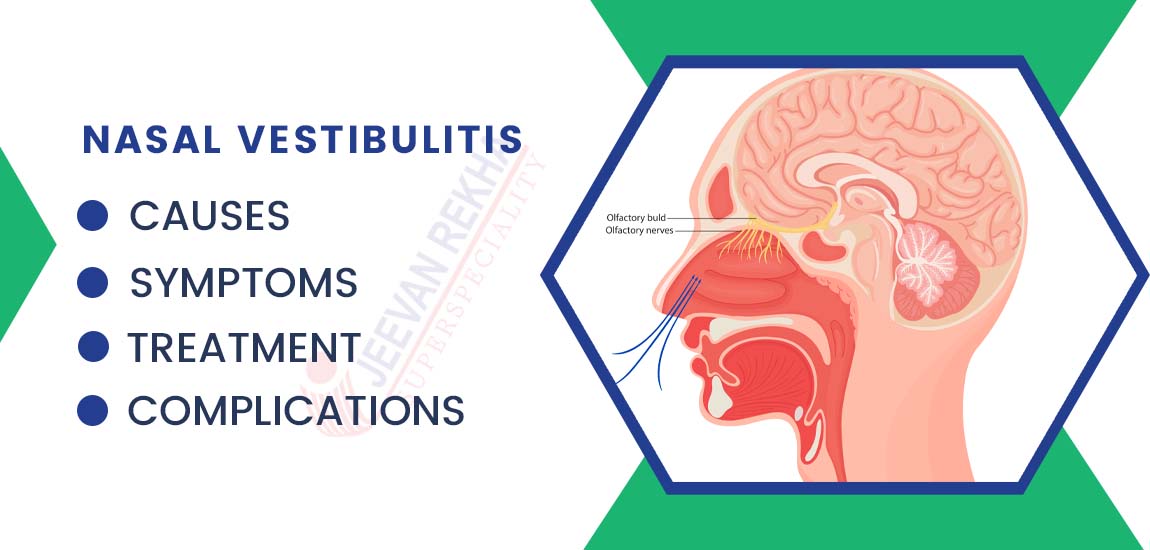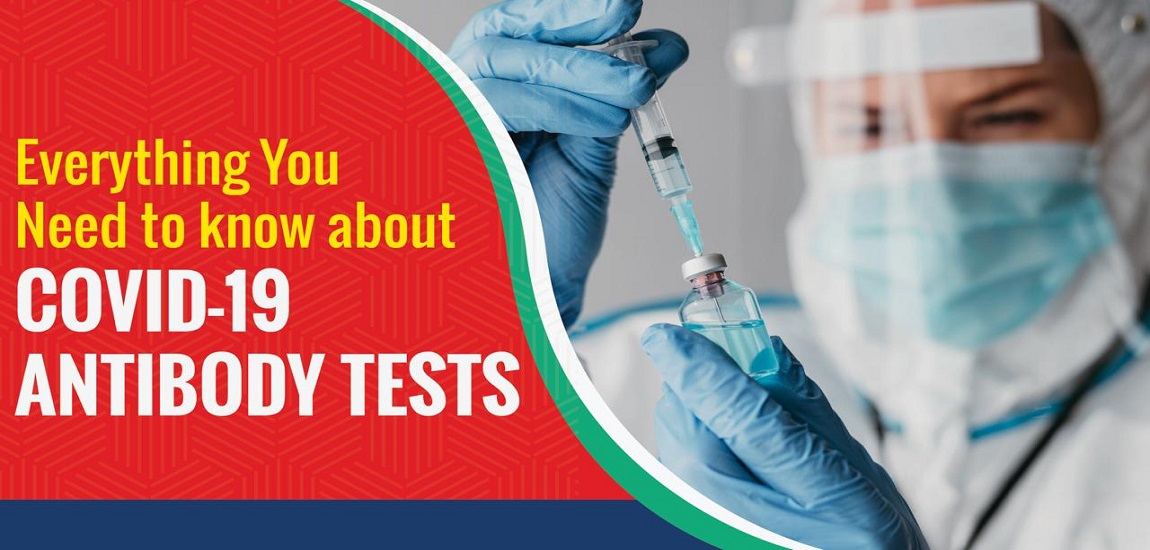
- By JRSH Admin
- In Health and Tips,
- Posted November 28, 2022
Nasal Vestibulitis: Causes, Symptoms, Complications, and Treatment
We rely on our delicate noses for both breathing and smelling. It has a nasal cavity, which the vestibular, respiratory, and olfactory systems help shape. The nostril opening may swell, turn red, and hurt when there is an irritation in the vestibule area of the nose.
Serous vestibulitis causes the skin to become crusty and hard, and it begins to leak mucus. We will go over the causes of nasal vestibulitis, the symptoms, and, of course, the diagnosis and natural treatment of nasal vestibulitis.
What is nasal vestibulitis?
Nasal vestibulitis is a term used to describe an inflammation of the skin within the nasal vestibule. It spreads quickly to the interior of both nostrils. This condition comes in both acute and chronic forms.
Redness, swelling, and a thin or thick liquid secretion at the nostril opening are symptoms of acute vestibulitis. These symptoms can also be present in chronic cases, along with skin tissue hardening and crusting. The skin might start itching as it quickly dries.
Causes of Nasal Vestibulitis:
An infection of the vestibule, or nose's entrance, is referred to as nasal vestibulitis. Most infections are caused by the bacteria Staphylococcus aureus. Although anyone can contract this infection, some risk factors increase a person's likelihood of doing so. These causes of nasal vestibulitis include:
- Immune system weakness: Some diseases, like diabetes, as well as some drugs, may make the immune system more susceptible to infection.
- Nose picking: People who do this frequently risk scratching their skin, which can lead to small wounds that allow bacteria to enter. Additionally, picking one's nose can bring bacteria from the hands or mouth into the nose.
- Plucking nasal hair: Infections are more likely to occur when the hair of the nose is plucked. This can irritate the skin and create tiny tears.
- Frequent nose blowing: The nose can be irritated and swollen if this happens. Bacteria may also spread from one part of the nose to another when you blow your nose.
- Nose piercings: Infection may enter the body through nose piercings. The body will treat the infection as an open wound before it heals, allowing bacteria to enter.
- Cancer treatment: Infections are more likely to occur after chemotherapy since chemotherapy weakens the immune system. It can also dry out the nose, allowing infection to enter through cracks or bleeding.
Symptoms of Nasal Vestibulitis:
There are a variety of symptoms associated with nasal vestibulitis depending on its underlying cause and severity. Some common symptoms include:
- Nasal swelling and redness
- An inside nostril bump that resembles a pimple
- Folliculitis is a condition where small bumps appear around the hair follicles inside your nostrils.
- Having crusts in your nostrils or around them
- Nose pain and tenderness
- Nasal boils
- Inflammation of the affected area resulting in pus discharge
- Body temperature increases
How to diagnose nasal vestibulitis?
To diagnose nasal vestibulitis, your doctor will ask you about your symptoms and perform a physical examination. It may be necessary to admit you to the hospital if you do not receive adequate medical care for your nasal vestibulitis. You will be asked some key questions by your healthcare professional as well as assessed physically:
- Do you have symptoms that have been bothering you for a long time?
- Is your nose hurting?
- Is there any discharge? What is the thickness of the liquid if it exists?
- Is there any blood coming from your nose?
- Do you have any changes in your ability to breathe or smell?
Complications of Nasal Vestibulitis:
You can avoid complications by treating nasal vestibulitis promptly. Cellulitis or boils can develop from nasal vestibulitis in some cases.
The nose may feel extremely painful, swollen, and discolored if you develop cellulitis. There is also a possibility of blisters or fever develops.
Boils are red, discolored, tender bumps that look like pimples. You can ease your discomfort and speed up healing by applying hot compresses three times a day for 15–20 minutes. In the absence of treatment, a boil may develop into an abscess that requires drainage.
Several studies have found that the veins and sinuses of the midfacial region are capable of carrying infections to the brain, causing serious complications. The risk of major intracranial complications is extremely low even in cases of nasal vestibulitis that require hospital admission.
Risk factors of Nasal Vestibulitis:
The risk factors for developing nasal vestibulitis are as follows:
- causing skin lesions around the nose
- taking anti-inflammatory medication
- a history of diabetes or nasal vestibulitis
- smoking
Skin infections may pose a particular threat to patients undergoing targeted cancer treatment. Additionally, nasal vestibulitis is more likely to develop as a result of oxygen therapy because it can be irritating and dry to the nose.
Treatment of Nasal Vestibulitis:
Depending on how severe the condition is, the nasal vestibular will require a different course of treatment. The majority of nasal vestibulitis cases respond well to topical antibiotic creams like mupirocin or bacitracin. Pharmacy chains sell the majority of these ointments.
Apply these ointments to the inflamed area with a cotton swab two times per day for two weeks. Your doctor may advise both oral antibiotics and a topical ointment in some cases of severe nasal vestibular inflammation that results in a nose boil.
If you have any concerns about your condition, you should speak with an ENT specialist or your primary care physician.
Applying heat three times per day could be helpful for treating large boils. You will be able to do so for roughly 15 to 20 minutes as a result. Large boils may occasionally need to be surgically removed.
Nasal Vestibulitis Prevention:
It is crucial to take action to prevent symptoms because nasal vestibulitis may be brought on by specific allergens, infections, and toxins from within our own bodies.
- Avoid eating dairy, citrus fruits, carbohydrates, spicy foods, and other foods that could cause your digestion to produce more mucus.
- Avoid drinking alcohol.
- To keep your bowel movements regular, eat a healthy diet.
- Use a neti pot to purify your nostrils.
- Desensitize yourself to allergens.
- Use acupuncture.
When to see a Doctor?
Nasal vestibulitis is very treatable, especially when it is caught early. See a doctor if:
- A rash, redness, or pimple may be present inside the nose, or it may feel sore or itchy.
- Even though antibiotics are taken for a few days, nasal vestibulitis symptoms do not get any better.
- Following the start of antibiotic treatment, the infection spreads, or a person gets a fever.
- A person who is receiving chemotherapy or taking immune-suppressing medications will experience dry, cracked, or sore nose symptoms.
- Most of the time, nasal vestibulitis is not life-threatening. But if someone with a weakened immune system starts feeling feverish, they should head straight to the emergency room.
Find out from a medical expert if there are any additional symptoms you should watch out for. Chills or exhaustion, for instance, could indicate that the infection has spread.
Read also: What Happens if Both Kidneys Fail
Tags
Blog Search
Latest Posts
-
बर्ड फ्लू के लक्षण, कारण, उपचार और बचाव के उपाय जानें
December 04, 2025 -
Best Diet Plan for Menopause Weight Management
November 25, 2025 -
Pulmonary Fibrosis Treatment: Understanding Lung Scarring and Breathing Problems
November 21, 2025 -
Arrhythmia: Types, Causes, Symptoms, and Treatment
November 07, 2025 -
Silent Heart Attack: Causes, Symptoms and Treatment
October 24, 2025




